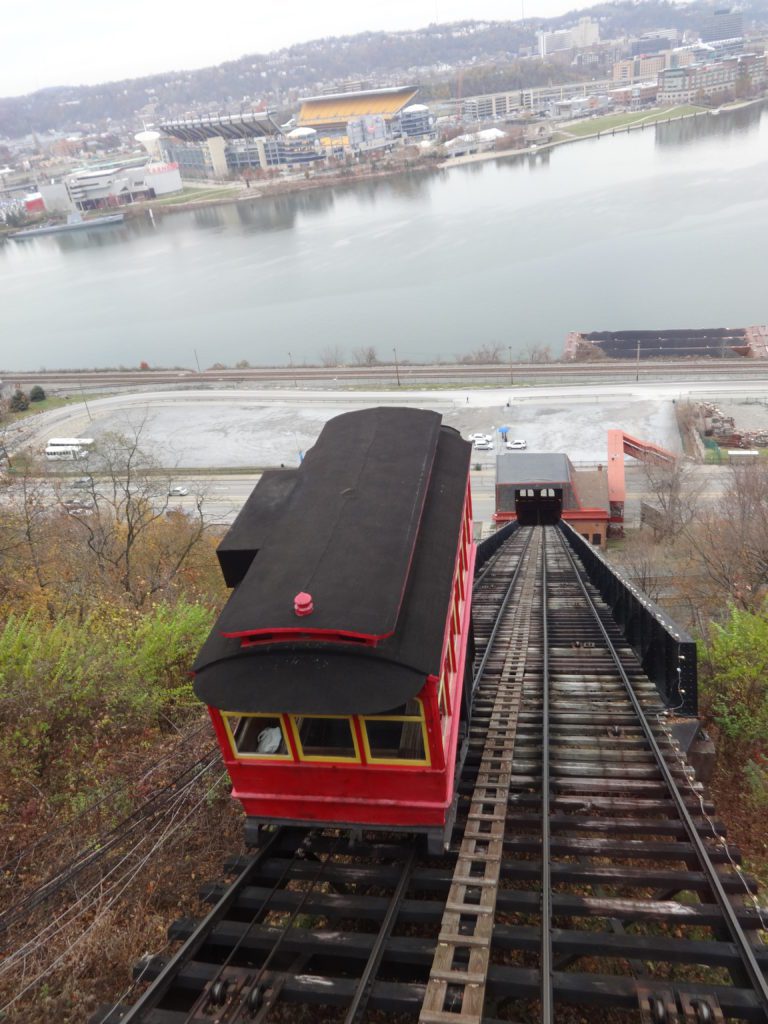by Debra Wilson
In the mid 18th century, it was popular amongst the wealthy elite of Europe to take a “Grand Tour” of cities like Paris, Rome, Venice, Florence, and Naples. During these tours they traveled with a tutor and would learn about the culture, languages, geography, art, and architecture of the cities. A must-see when passing through Naples was the volcano, Mount Vesuvius, probably because of the fascination of the famous 79 A.D. eruption that destroyed the cities of Pompeii and Herculaneum.
Back then, to reach the top of Vesuvius one had to climb on foot, ride on horseback, or be carried by sedan-chair. And just like modern day travelers, they liked to take home souvenirs. What better souvenir of making it to the summit of a volcano could there be than a piece of lava? And not just any piece, but one that would commemorate your adventure. Thus, the creation of the lava medallion.
To make a medallion, some brave soul would retrieve molten lava on a stick, which was then molded, stamped out with engraved steel plates, cooled in a bucket of water, and then sold to the tourists. To increase the tourist trade and make it easier and more comfortable for tourists to visit the summit of Mount Vesuvius, it was determined that a funicular should be built on the 4,190-foot-high volcano. So, what’s a funicular you say? It’s a cable railroad designed to transport people and cargo up and down steep slopes. The ascending and descending cars are counterbalanced, meaning both cars are permanently connected to the opposite ends of the same cable, known as a haul rope. This haul rope runs through a system of pulleys at the upper end of the line. The first funicular on Mount Vesuvius opened on June 6, 1880 and ran, with some interruptions, until it was destroyed by the March 1944 Vesuvius eruption. The two cable cars were named “Etna” and “Vesuvio.”


To commemorate the opening, some very special lava medallions were made. Our collection contains two such medallions among the roughly 30,000 specimens not on public view in the museum. These lava medallions were produced by Ward & Howell, the company that sold minerals for Ward’s Natural Science Establishment of Rochester, New York from 1875 to 1891. Each medallion has Mount Vesuvius stamped on the front, and the year 1880 on the back along with Ward & Howell Rochester, N.Y. If you look closely, you can make out the funicular rails on Vesuvius. Notice that no two medallions are alike, depending on how the lava squeezed out between the steel plates.




There was something else very special created to commemorate the 1880 opening of the funicular. The famous song “Funiculi, Funiculà” (which means funicular up, funicular down) was written by composer Luigi Denza, with lyrics by Peppino Turco. The Neapolitan tune is about a young man who compares his love for his sweetheart to a volcano and invites her to ride up to the summit on the funicular. As the funicular rises up, so does his courage to ask for her hand in marriage. The song became so popular that by 1881 the sheet music had sold one million copies. If you are unfamiliar with the tune listen to one or both of these:
For those of you who love the popular Girls Und Panzer anime series, which depicts competition between girls’ high schools practicing tank warfare as a sport, you might recognize this tune as one of the theme songs for the Sensha-dō team of Anzio High School (an Italian-style private academy from Aichi Prefecture in Japan) commanded by “Duce” Anchovy. Here is a video of the Girls Und Panzer version of “Funiculi, Funiculà” with lyrics shown in both the original language and English:
So, what is the Pittsburgh connection?
Now you know what a funicular is, but did you know that Pittsburgh has two funiculars? It’s not surprising since here in Pittsburgh we have just a few steep slopes around! We refer to these funiculars as inclines, and at one time there were 17 of them operating on the hilly topography carved by the Monongahela and Allegheny rivers. They were originally built to transport cargo up and down Mount Washington. Then with the influx of workers during the expansion of the coal and steel industries, more inclines were built to transport the employees of the mills and factories to their places of residence up on Mount Washington and other hilltop neighborhoods. Most of these inclines closed as more roads were built and the use of automobiles increased. The two inclines that are still in operation today were both in service on Mount Washington even before the funicular on Mount Vesuvius opened in 1880. The Monongahela Incline opened on May 27, 1870 and is the oldest continually operating funicular in the United States. The Duquesne Incline opened on May 17, 1877. Of course, you can’t get a lava medallion as a souvenir, but the next time you ride up and down one of our inclines, how about breaking out in a song, you know the one I mean…”Funiculi, Funiculà!”


Debra Wilson is the Collection Manager for the Section of Minerals at Carnegie Museum of Natural History.
Related Content
Carnegie Museum of Natural History Blog Citation Information
Blog author: Wilson, DebraPublication date: November 21, 2022
